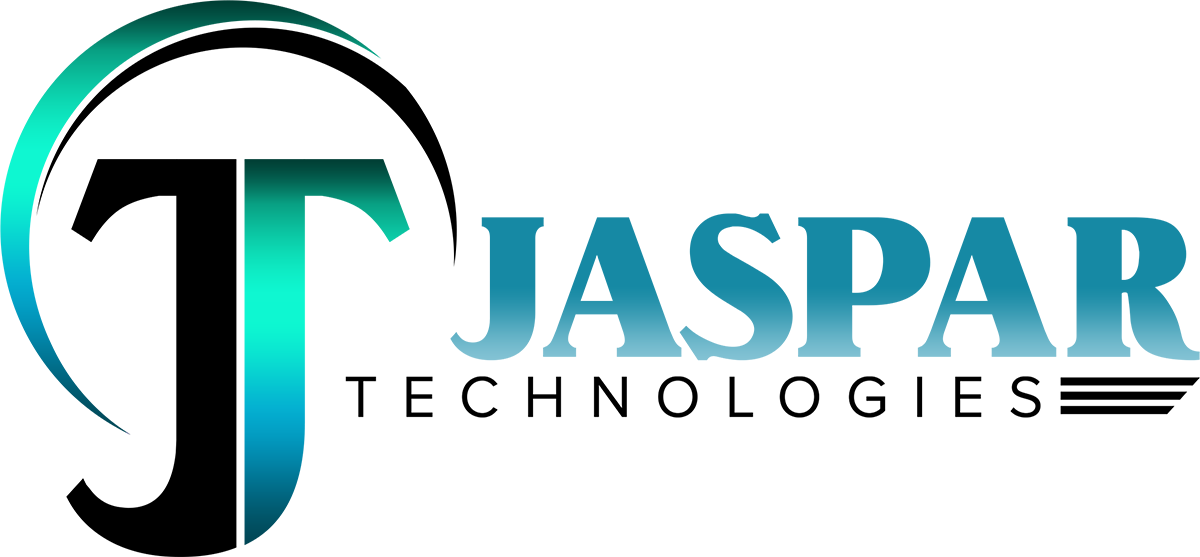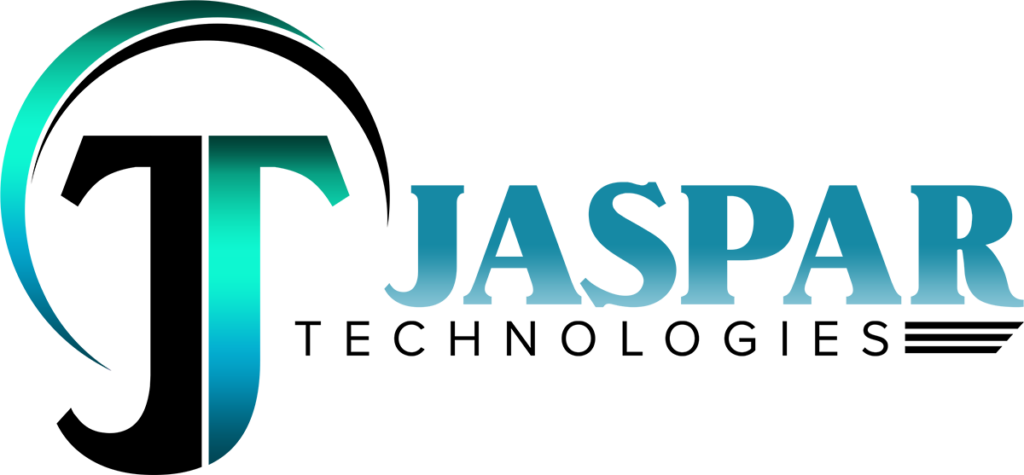Full Stack Web Development: A Beginner’s Guide to Building Complete Web Applications
Introduction
In today’s digital age, websites and web applications are integral to our daily lives. From social media platforms to online shopping, the web’s reach is vast and ever-growing. But have you ever wondered what goes into building these web applications? This is where Full Stack Web Development comes into play.
Full Stack Web Development refers to the development of both the front-end (client-side) and back-end (server-side) portions of a web application. A Full Stack Developer is proficient in both areas, enabling them to build complete web applications from scratch.
This comprehensive guide is tailored for beginners eager to delve into the world of web development. We’ll explore the core concepts, technologies, and skills required to become a proficient full stack developer.
Table of Contents
- What is Full Stack Web Development?
- Front-End Development
- Back-End Development
- Databases
- Version Control Systems
- Popular Technology Stacks
- Tools and Platforms
- APIs and Web Services
- Deployment and Hosting
- Security Best Practices
- Testing and Debugging
- Soft Skills for Developers
- Building a Portfolio
- Career Opportunities
- Conclusion
1. What is Full Stack Web Development?
Full Stack Web Development encompasses the development of both the front-end and back-end of a web application. The front-end is what users interact with, while the back-end handles the logic, database interactions, user authentication, and server configuration.
A Full Stack Developer is someone who has the skills to work on both the client-side and server-side of an application. This versatility allows them to understand and manage the entire development process, making them valuable assets in the tech industry.
2. Front-End Development
Front-end development focuses on the user interface and user experience aspects of a web application. It’s about creating a visually appealing and interactive platform for users.
2.1 HTML
HTML (HyperText Markup Language) is the backbone of any web page. It structures the content, such as headings, paragraphs, links, and images. Understanding HTML is the first step in web development.
2.2 CSS
CSS (Cascading Style Sheets) is used to style and layout web pages. It controls the color, font, spacing, and positioning of elements, enhancing the visual appeal of a website.
2.3 JavaScript
JavaScript is a scripting language that enables interactive features on web pages, such as form validations, dynamic content updates, and animations. It’s an essential tool for creating responsive and engaging user experiences.
2.4 Front-End Frameworks
Frameworks and libraries streamline the development process:
- React.js: A JavaScript library for building user interfaces, maintained by Facebook.
- Angular: A TypeScript-based open-source web application framework led by the Angular Team at Google.
- Vue.js: A progressive framework for building user interfaces.
These tools help developers build complex applications more efficiently.
3. Back-End Development
Back-end development involves server-side programming, focusing on databases, scripting, and website architecture. It’s responsible for managing the data exchange between the server and users.
3.1 Server-Side Languages
Common back-end languages include:
- Node.js: A JavaScript runtime built on Chrome’s V8 engine, allowing JavaScript to be used for server-side scripting.
- Python: Known for its readability and simplicity, often used with frameworks like Django and Flask.
- Ruby: Often used with the Ruby on Rails framework, known for its convention over configuration approach.
- PHP: A widely-used open-source scripting language especially suited for web development.
3.2 Back-End Frameworks
Frameworks provide a structure for building applications:
- Express.js: A minimal and flexible Node.js web application framework.
- Django: A high-level Python web framework that encourages rapid development.
- Ruby on Rails: A server-side web application framework written in Ruby.
These frameworks simplify the development process by providing reusable code and components.
4. Databases
Databases store and manage data for web applications. They are crucial for dynamic websites that rely on user input and data retrieval.
4.1 Relational Databases
Relational databases use structured query language (SQL) for defining and manipulating data:
- MySQL: An open-source relational database management system.
- PostgreSQL: A powerful, open-source object-relational database system.
4.2 NoSQL Databases
NoSQL databases are used for large sets of distributed data:
- MongoDB: A document-oriented NoSQL database used for high volume data storage.
- Cassandra: Designed to handle large amounts of data across many commodity servers.
Choosing between SQL and NoSQL depends on the specific needs of the application.
5. Version Control Systems
Version control systems track and manage changes to code:
- Git: A distributed version control system for tracking changes in source code.
- GitHub: A platform for hosting and collaborating on Git repositories.
These tools are essential for collaboration and maintaining code integrity.
6. Popular Technology Stacks
A technology stack is a set of technologies used to build a web application:
- LAMP: Linux, Apache, MySQL, PHP.
- MEAN: MongoDB, Express.js, Angular, Node.js.
- MERN: MongoDB, Express.js, React.js, Node.js.
- Django Stack: Python, Django, MySQL.
Each stack has its advantages and is chosen based on project requirements.
7. Tools and Platforms
Developers use various tools to enhance productivity:
- Visual Studio Code: A source-code editor developed by Microsoft.
- Postman: An API platform for building and using APIs.
- Docker: A platform for developing, shipping, and running applications in containers.
These tools assist in coding, testing, and deploying applications efficiently.
8. APIs and Web Services
APIs (Application Programming Interfaces) allow different software applications to communicate:
- RESTful APIs: Use HTTP requests to access and use data.
- GraphQL: A query language for APIs, providing a complete and understandable description of the data.
Understanding APIs is crucial for integrating third-party services and building scalable applications.
9. Deployment and Hosting
Deploying a web application involves making it accessible to users:
- Heroku: A cloud platform that lets companies build, deliver, monitor, and scale apps.
- Netlify: A platform for automating modern web projects.
- AWS (Amazon Web Services): Offers reliable, scalable, and inexpensive cloud computing services.
Choosing the right hosting platform depends on the application’s needs and budget.
10. Security Best Practices
Ensuring the security of web applications is paramount:
- Input Validation: Preventing malicious data from entering the system.



